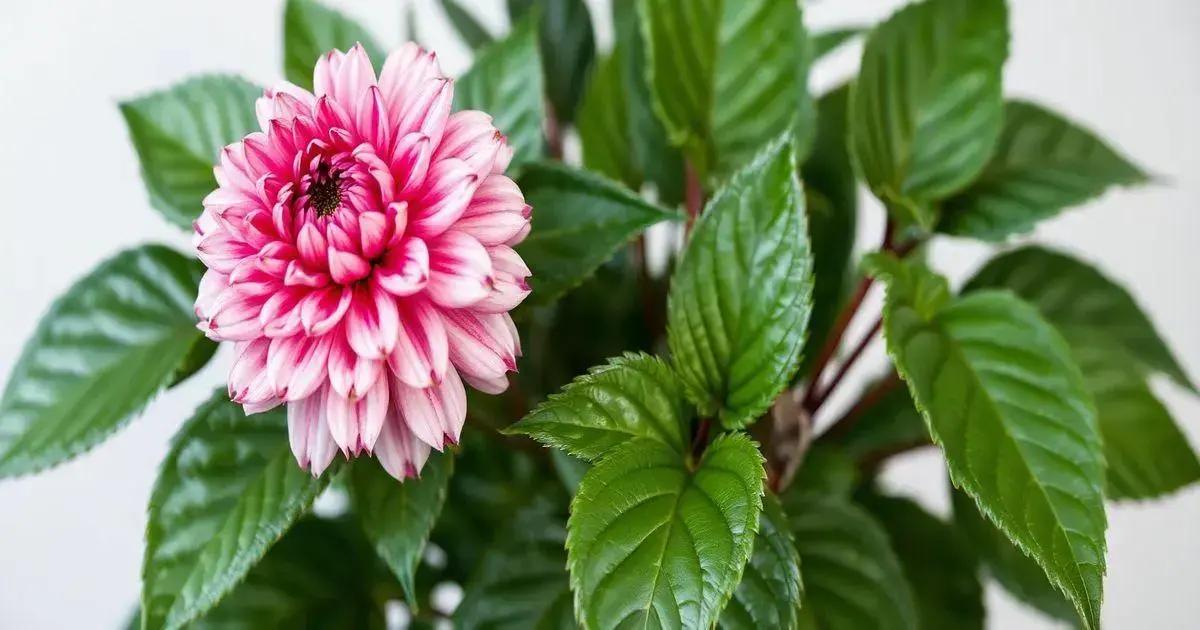How to Care for Mum Plant: 5 Secrets for Lush Blooms
How to care for mum plant is a question many plant enthusiasts ask as they strive for vibrant blooms. Discovering the key elements like watering, sunlight, and care techniques can transform your gardening experience. Let’s delve into essential tips to get the most out of your chrysanthemums.
Table of Contents
ToggleEssential watering techniques for mum plants
Essential watering techniques for mum plants are crucial for keeping your chrysanthemums thriving and blooming beautifully. Understanding how much and when to water can make all the difference in their health.
Understanding mum plant watering needs
- Mum plants thrive best with consistently moist soil, but be careful not to overwater.
- Allow the top inch of soil to dry out between waterings.
- Water deeply to encourage strong root growth.
Watering schedule
Establishing a regular watering schedule is vital. Here are some guidelines:
- Check the soil moisture daily, especially in hot or dry conditions.
- Water in the early morning for best absorption.
- During the growing season, typically from spring to fall, aim for once a week or more if necessary.
Best practices for watering mum plants
Implement these best practices to optimize your watering technique:
- Use room-temperature water to avoid shocking the roots.
- Avoid getting water on the foliage to minimize fungal diseases.
- Consider using a drip irrigation system for even moisture distribution.
Signs of overwatering or underwatering
Recognizing the signs of improper watering can ensure your plants stay healthy:
| Condition | Signs |
|---|---|
| Overwatering | Yellow or wilting leaves, root rot, mushy soil |
| Underwatering | Crispy or brown leaf tips, drooping leaves, dry soil |
For more insights, consider exploring indoor gardening techniques.
By following these essential watering techniques for mum plants, you will foster an environment that encourages blooming and healthy growth. Happy gardening!
Optimal sunlight requirements for chrysanthemum growth

Optimal sunlight requirements for chrysanthemum growth are essential for vibrant blooms and healthy plants. Understanding how much light these flowers need can significantly influence their development and flowering.
Sunlight preferences for mum plants
- Mum plants thrive best in full sunlight, requiring 6 to 8 hours of direct light daily.
- Morning sunlight is preferable, as it helps dry the foliage quickly and reduces the risk of fungal diseases.
Signs of adequate light exposure
When properly exposed to light, chrysanthemum plants exhibit certain characteristics:
- Bright, vibrant blooms that open fully.
- Healthy green foliage that is lush and plentiful.
- Sturdy stems that can support the weight of the flowers.
Adjusting light conditions
If your mum plants are not flourishing, consider these adjustments:
- If indoors, place them near south-facing windows for maximum light exposure.
- Rotate your pot every week to ensure even light distribution.
- If outdoors, avoid shaded areas or spots where trees may block the sunlight during midday.
Potential issues with light
Inadequate or excessive sunlight can lead to problems:
| Light Condition | Signs of Problems |
|---|---|
| Insufficient sunlight | Pale leaves, leggy growth, fewer blooms |
| Excessive sunlight | Burned leaves, wilting, faded colors |
For more gardening tips, don’t forget to check this link on exploring indoor gardening techniques.
Understanding the optimal sunlight requirements for chrysanthemum growth can make all the difference in blooming. Ensure your mums get the light they need!
Pruning and maintaining mum plants for maximum blooms
Pruning and maintaining mum plants for maximum blooms is a vital part of chrysanthemum care. Proper techniques can enhance growth and encourage more abundant flowering.
Understanding the importance of pruning
Regular pruning helps in maintaining plant health and promoting vigorous blooms. Here are some key benefits:
- Encourages bushier growth for a fuller appearance.
- Helps remove dead or diseased stems, improving air circulation.
- Stimulates new growth, leading to more flowers.
When to prune mum plants
Timing is crucial for effective pruning. Follow these guidelines:
- Prune in early spring, just as new growth begins to emerge.
- Remove spent blooms throughout the growing season to promote more flowering.
- Late fall is also a good time to cut back dead foliage and spent stems to prepare for winter, but avoid heavy pruning.
Techniques for effective pruning
Use proper techniques to maximize the benefits of pruning:
- Utilize clean, sharp shears to make clean cuts, reducing the risk of injury to the plant.
- Cut approximately one-third of the plant’s height during spring pruning to shape the plant and encourage branching.
- For the best blooms, remove outer flower stems after flowering is complete.
General maintenance tips for mum plants
In addition to pruning, remember these maintenance strategies for optimal growth:
| Maintenance Task | Frequency |
|---|---|
| Watering | Weekly or as needed, depending on moisture levels |
| Fertilizing | Every 4-6 weeks during the growing season |
| Pest checks | Regularly, especially during blooming season |
For further guidance on indoor gardening, consider exploring indoor gardening techniques.
By mastering the art of pruning and maintaining mum plants, you’ll ensure they remain healthy and produce maximum blooms throughout the season.
In conclusion
Successfully caring for mum plants requires attention to various aspects like watering, sunlight, and pruning. By understanding your chrysanthemums’ specific needs and following the essential techniques outlined, you can ensure lush blooms and a thriving garden. Don’t hesitate to explore additional resources such as tips on enhancing your indoor garden to further enrich your gardening experience.

